 Have you ever played the alphabet game? You know, the one that is supposed to make the family road vacation a lot less Chevy Chase like! The game where each player attempts to find the letters of the alphabet, in order, on road signs or nearby buildings.
Have you ever played the alphabet game? You know, the one that is supposed to make the family road vacation a lot less Chevy Chase like! The game where each player attempts to find the letters of the alphabet, in order, on road signs or nearby buildings.
Did you know that there is an adult version of this game, with different rules and fewer letters in the alphabet? Instead of finding letters on signs, you hunt for them on wine labels and you aren’t trying to aimlessly pass time, you are on a mission to find wine you love.
AOC, DOC, QbA, AVA. These letters represent appellations. An appellation indicates the country and region in which the grapes are grown. In addition, by claiming an appellation, it means that the winemaker is following laws and regulations dictated by the government for that wine. So having a knowledge base of appellations is extremely helpful to the wine consumer. The appellation provides you with invaluable information. the wine came from, you are given an inside glimpse of how the grapes were grown and possibly a tip to its quality.
Thank You Cheese!
The French were the first to institute the concept of appellations and it 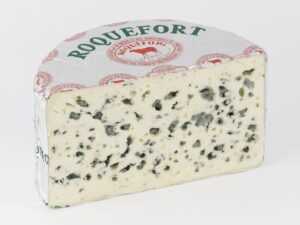 wasn’t for wine! Their first AOC (Appelation d’origine controlee) designations were created to regulate Roquefort cheese in 1411. It wasn’t until the late 1800s that their regulation of wine was implemented. The concept floated around and changed for a bit of time until 1919 when the Law for the Protection of the Place of Origin was enacted and became what is now the basis for the modern rules of appellations.
wasn’t for wine! Their first AOC (Appelation d’origine controlee) designations were created to regulate Roquefort cheese in 1411. It wasn’t until the late 1800s that their regulation of wine was implemented. The concept floated around and changed for a bit of time until 1919 when the Law for the Protection of the Place of Origin was enacted and became what is now the basis for the modern rules of appellations.
Italy was also trying to dictate quality appellations but it wasn’t until 1716, when the Duke of Tuscany modified old Roman legislation naming Chianti as the first modern controlled area of production. This was the forefather of the DOC (Denominazione di origine controllata). No changes were made again until 1932 when the Italian government set out to dictate more specific rules for production and grape varietals.
As for us Americans, we were late to the party! But then again, we are the New World. We weren’t even a glean in our Mother Land’s eye back in the 1400s! And we were still 60 years out from being an entity in 1716. So we may have to give ourselves a bit of slack in that regard.
My Country Tis of Thee
The rules that govern appellations are dependent on the country in which the wine is produced. For example, in most European countries it is the land, the region, that is most important and determines the prestige. However in Germany, the most distinguished classifications, the various grades of Prädikatswein, are based on the ripeness of the grapes at harvest (there are geographical also legalities.) In Hungary, vineyards were classified into three categories depending on the soil, sun exposure, and potential to develop Botrytis cinerea. Here in the good ole US of A, our AVAs are federally recognized growing regions that have distinguishable geographical identities. What is important to point out, prior to getting into the different country’s specifics is that all the appellation system does is controls the reputation of particular place. It does not guarantee quality. What it does is guarantees exclusivity in marketplace
France
France uses what is called the AOC system, which stands for Appellation of Controlled Origin. Here it is the land that matters, so the place’s name and appellation controllee is required on the label. Only about 50% of French wines qualify for AOC. In terms of production of the AOC registered wines, Languedoc/Roussillon and Southwest Pyrenees produce about 23.1% each and Provence produces 4.5%.
The top three AOC producers are the Rhone Valley, Bordeaux, and Champagne. If you envision the AOC as a triangle, with the less restrictive regulation at the base and the more stringent at the top, you can grasp the concept behind the system. The thought process is more rules, smaller areas means more control which theoretically leads to better wine. At the lowest level, you would see a region designation, followed by a subregion, then a village and ultimately a vineyard designation. A producer is always able to choose to declassify to avoid damage of reputation of vineyard, but they can not claim a higher classification.
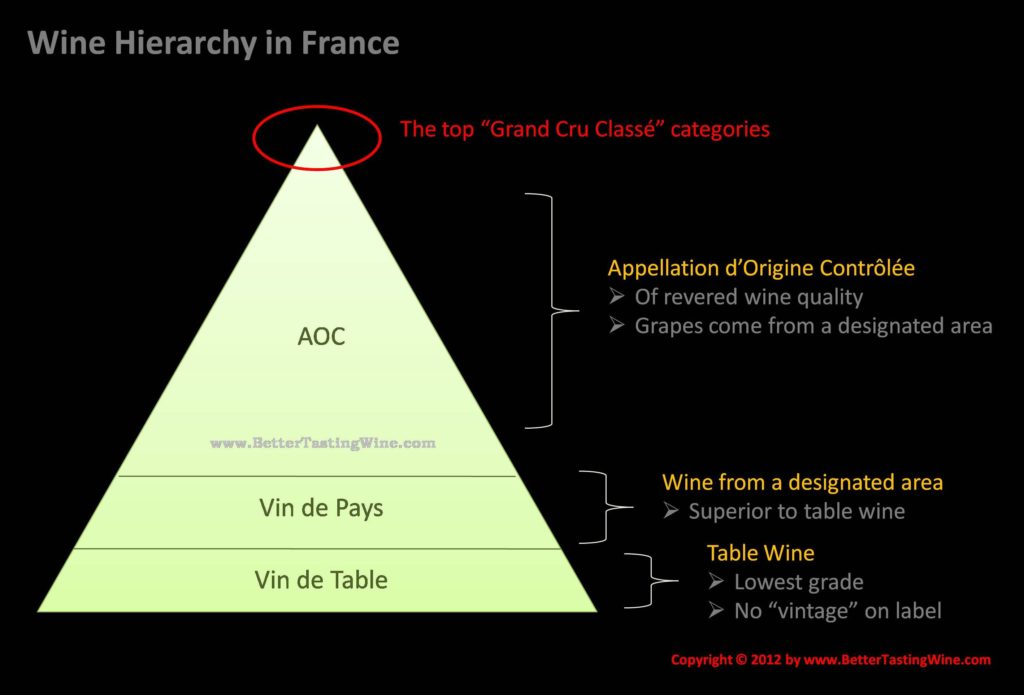
When reading a wine label from France, there is a distinct difference from the United States, where the winery name is most prominent. In France, the region is more important than producer. Within the vineyard designation there are two other sub designations that are more specific. These include the bow down and say we aren’t worthy Grand Cru, which makes up only 2% of the wines produced and the we probably aren’t worthy of you Premier Cru (10%). Village designation wines comprise 38% while a subregion/region makes up the remaining 50%.
Italy
Italy’s response to the French’s AOC is the DOC, Denominazione di Origine Controllata. Based on the AOC, this regulating body determines what varieties can be used, how many wines are made, sugar content and sometimes, even when the grapes can be harvested. There are two main differences between the two; first, France bases its categories on good wines while Italy chooses to base it on typical wines. Secondly, as stated, a producer can choose to declassify in France, this is not true in Italy.
Just as France has Grand Cru and Premier Cru, Italy has a more stringent classified tier called D.O.C.G. – Denominazione di Origine Controllata Garantita (Guaranteed) which does dictate quality. Additionally, there are levels of restrictiveness in Italy. Their certifications fall into three categories. When looking at an Italian wine label you will typically see one of three sets of letters; DOCG, DOC, and IGT. If the wine was tested by a committee to ensure the geographic authenticity it will be labeled as a DOCG. This is a tough classification to be honored with. If the label reads DOC, you are choosing a wine that is most common. Although these rules are still strict, there is more leniency in the categorization. The geographic zone would be bigger and/or the stipulations of what grapes can be used are more relaxed. The lowest classification, not to say you can’t get good wine with these, is IGT (indicazione geografica tipica.) This designation is a newer one and was created so that growers who couldn’t meet all the regulations of the more restrictive groupings but were still producing great wines, could stand out from others.
Germany
The Germans “grafted” the new system to an already established system based upon levels of sugar in the grapes at harvest. Under the new system, they created regions, named varieties that could be grown and set production limits. But the older system is still used and in many ways still predominates.
The lowest level of wine is “Taffelwein”(Table Wine), and roughly equivalent to French Table wine in that the wine doesn’t carry a varietal name or tell where it is from. Wines above the Taffelwein are called “Quality wines” and are divided into two categories depending upon whether or not sugar was added to the grapes at harvest (chaptalization). QbA wines (the “Q” stands for Quality) are named from a region or village, can carry a varietal name, but are chaptalized. These wines are often harvested at around 14-15 brix. QMP (Quality wine with attribute) generally also carries a regional or village name and varietal designations, but are distinguished from QbA wines in that the QMP wines do not have any sugar added to the grapes at harvest. The QMP wines are further designated into classes depending upon the level of sugar at harvest, starting with Kabinet wines, moving to Spatlese. Next is “Auslese” followed by the final two; Beerenauslese and Trockenbeerenausles. “Beeren” means “berries” so the Beerenauslese was selected at the berry level (not cluster) and the Trockenbeerenauselese means “dried (or shriveled) berry. These are infected with botrytis. 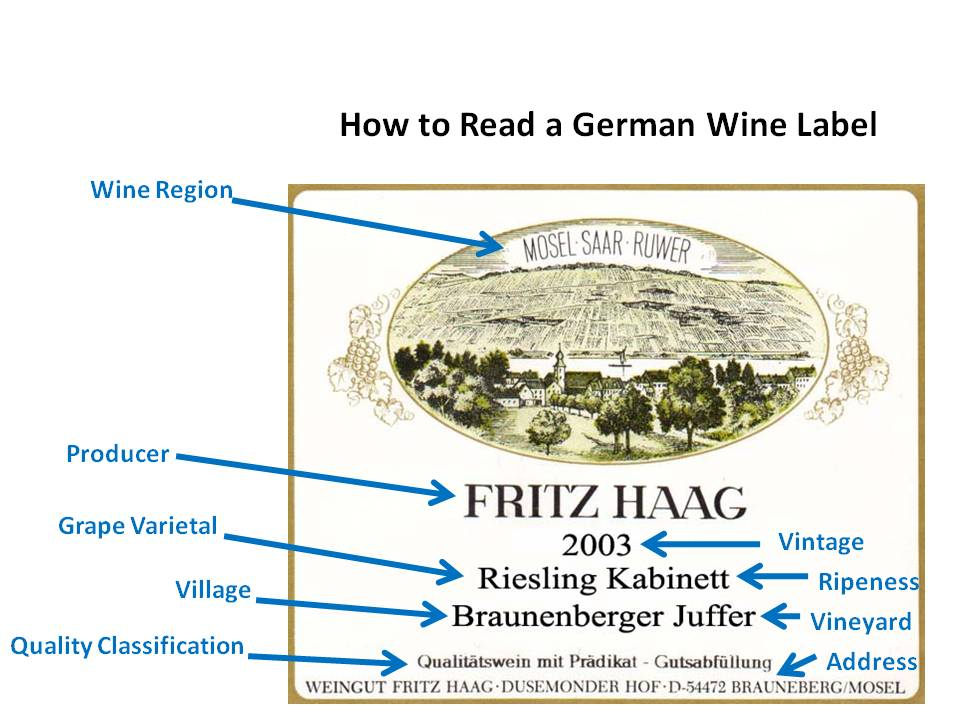
United States
Quite honestly, I think our system is the most confusing. Our AVA, American Viticulture, System has so many ins and outs and stipulations based on wording you need a Master’s Degree in it.
Wines carrying an AVA must contain fruit from at least 85% from the named area. If a geopolitical name is used (that is, an area that already has a legal definition, such as a county, city or state), than 75% of the grapes must come from that area. However, since states can make laws that are more restrictive, that can even change. For example, in California, if the state name is used, 100% of the grapes must come from California. Oregon has also chosen to make some of its label requirements more restrictive than the Federal laws. As far as variety is concerned, under Federal law if a producer names a variety on the label, at least 75% of the grapes must be from that variety. Don’t even get me started about the difference between “bottled by” and “produced by”. For more information on
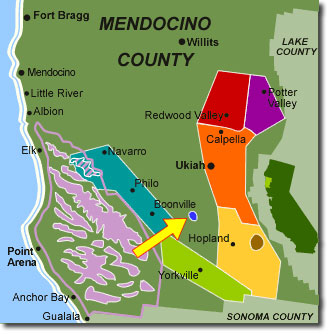
this, look here. If the label claims a specific vineyard, then it must be 95% from that site. Even vintage dates aren’t 100% full proof – if an AVA appears on the label, the wine must be at least 95% from the named vintage, but if a geopolitical description is used rather than an AVA, only 85% of the wine must be from the named vintage. Confusing, eh?
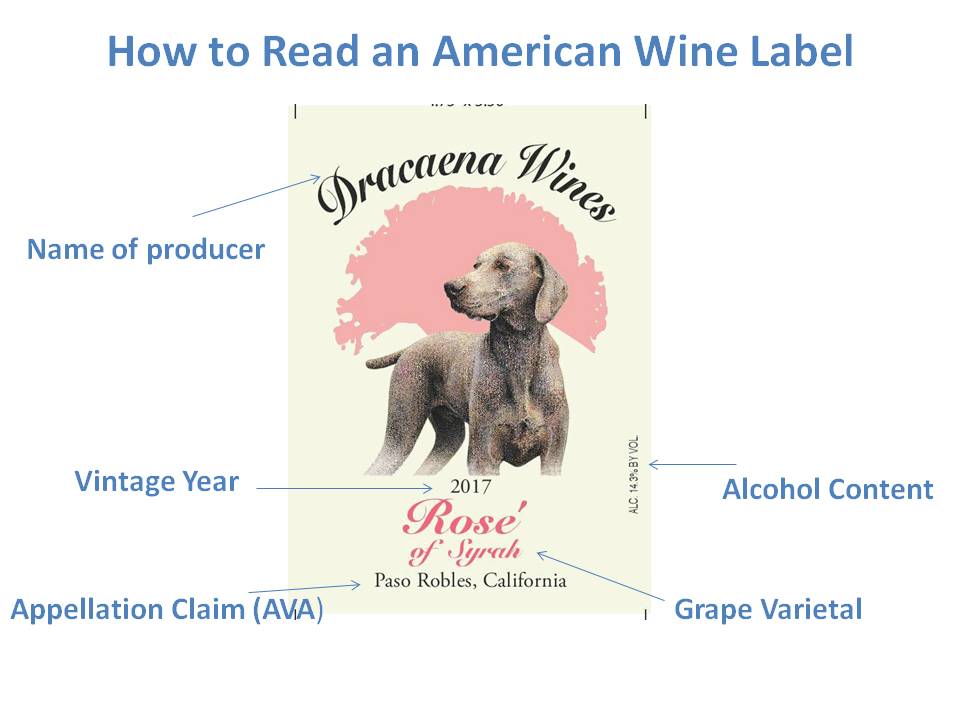
The AVA system has no regulations about wine quality, only about geography. The defining characteristic of an AVA is that it is geographically distinct. It is a recognizable name that has no hierarchy significance, nor size limitations. In fact there is an AVA that is only 150 acres! Cole Ranch is located in Mendocino County, CA and is represented by the blue dot in the photo.
More Appellations to Explore
Obviously there are so many more wine appellations than just those discussed here. Greece, Portugal, and Spain just to name a few, but the ones covered here represent the largest producers and hopefully provided enough information to get you curious about the others. The great thing is that the best way to learn about these appellations is to grab a bottle and drink up! The labels make for intriguing reading while you are sipping. If you can’t physically travel all over the world, you can at least sip and swirl your way all in the name of research.
~Sláinte!
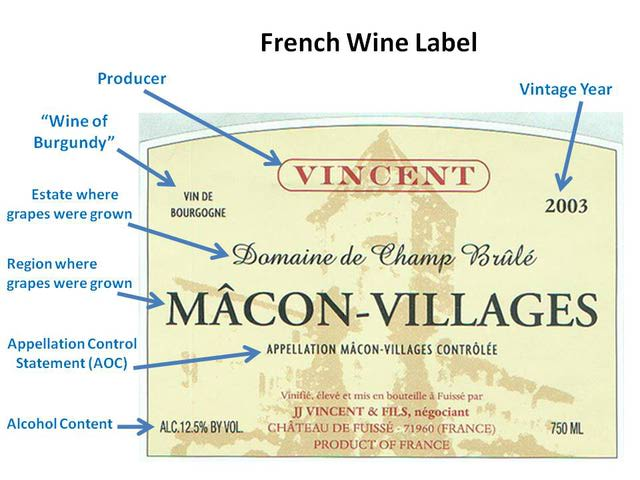
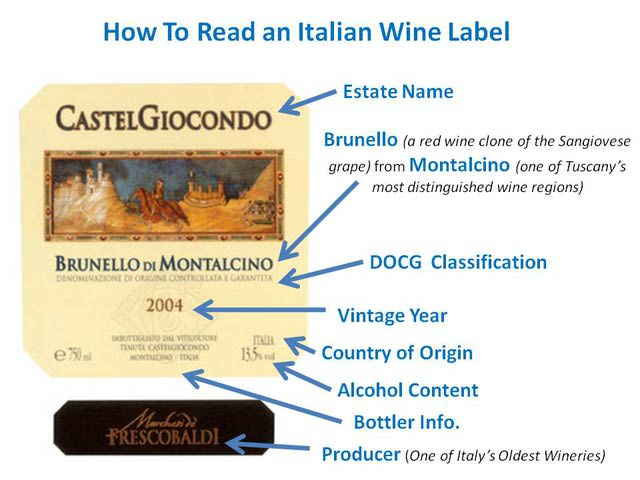
Interesting post! Cheers!
Thank you Amber!
This is a post worthy of repeating/reposting! Lots of easy to understand, informative info here! I still have so many letters to memorize;) Cheers!
Thanks Misty. Glad you found it informative!
Enjoyed listening but really enjoyed being able to go back and read this one again. It’s a very confusing topic that you’ve made clearer. Thanks!
Thank you Marc! It’s great knowing I’ve made it a little simpler to comprehend!
Enjoyed listening but really enjoyed being able to go back and read this one again. It’s a very confusing topic that you’ve made clearer. Thank you!